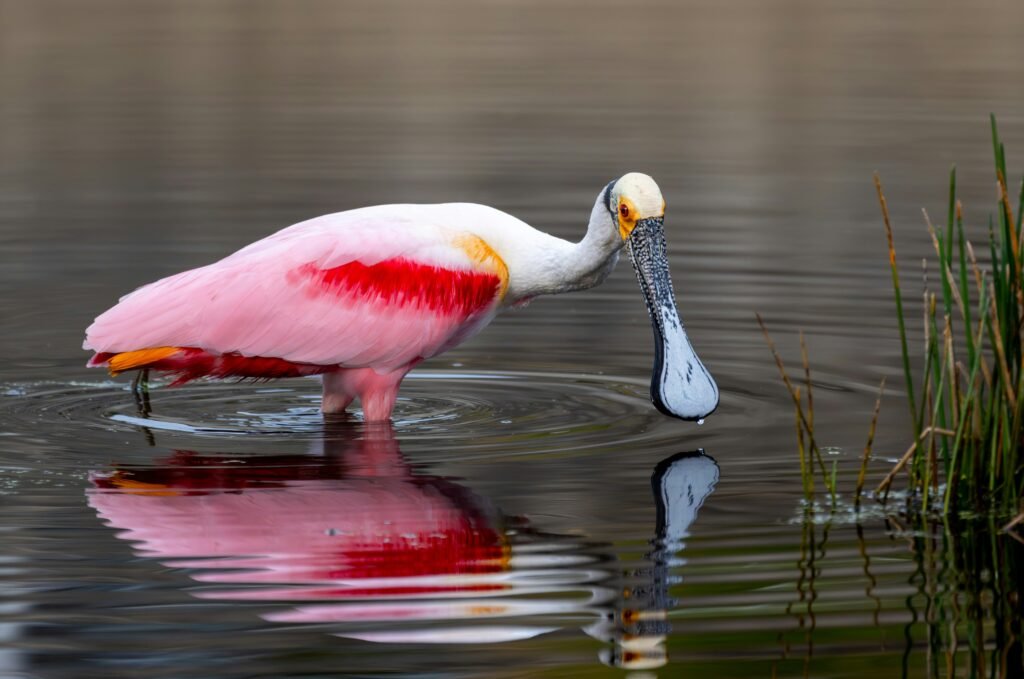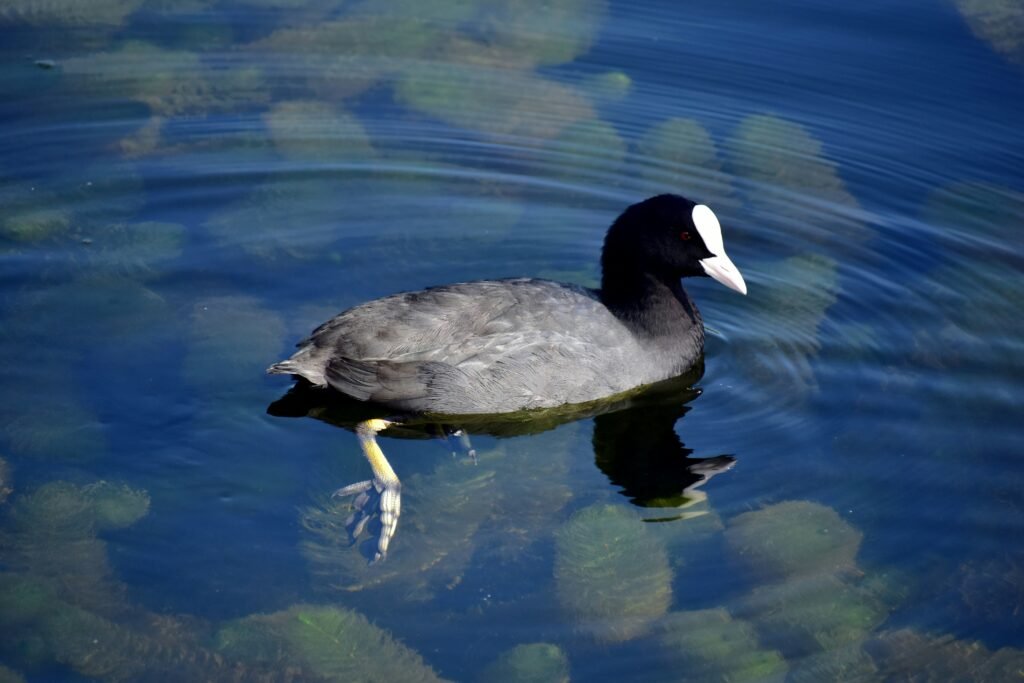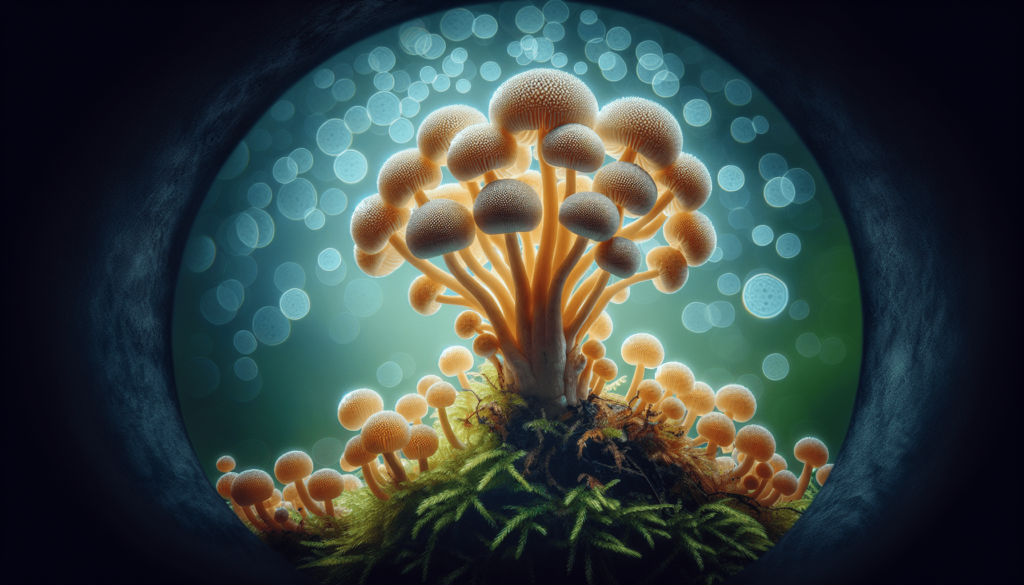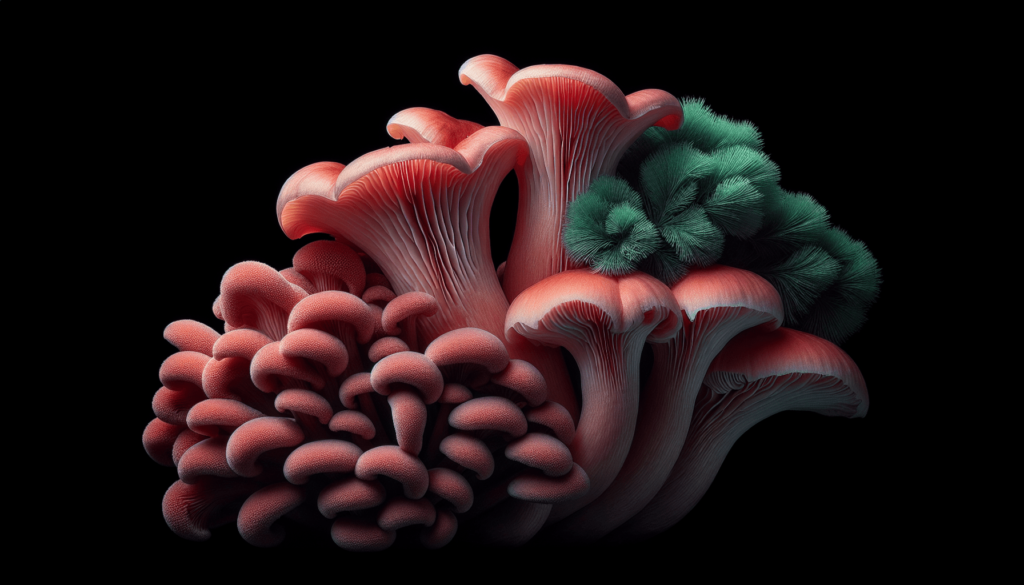Finding out if a mushroom is edible can be a daunting task, especially for those who are new to the world of fungi. With so many varieties and different indicators to consider, it’s important to know the right steps to take. In this article, we will explore some practical tips and methods that can help you determine whether a mushroom is safe to eat or not. So, if you’ve ever wondered about the mysteries of mushroom foraging, read on to discover how you can confidently identify edible mushrooms in the wild.

Visual Identification
When it comes to identifying mushrooms, visual cues are incredibly important. Examining the color, shape, cap, gills, stem, veil, and the presence of a ring or volva can all provide valuable information.
Color
One of the first things to observe is the color of the mushroom. This can vary greatly and can range from vibrant shades of red, orange, and yellow to more subdued tones like brown, white, or black. Pay attention to any unique or distinctive colors that might help narrow down the species.
Shape
The shape of a mushroom can also give you clues about its identity. Some mushrooms have a classic umbrella shape with a convex cap and a slender stem, while others may be squat with a wide, flat cap. Take note of any unusual or distinct shapes that may be characteristic of certain species.
Cap
The cap of a mushroom is the rounded or domed top part that often catches the eye. It can be smooth or textured, ranging from dry to slimy in texture. Look for any patterns, spots, or distinctive ridges on the cap that can assist in identification.
Gills
The gills of a mushroom are the thin, often blade-like structures found on the underside of the cap. They can be closely spaced, widely spaced, or even absent in some species. The color of the gills can also be an important clue, ranging from white to various shades of pink, brown, or black.
Stem
The stem, or stipe, provides support for the cap and can vary in length, thickness, and texture. Some stems are smooth, while others may be dotted with scales or covered in fine hairs. Observing the color, texture, and shape of the stem can help in the identification process.
Veil
The veil refers to a thin membrane that covers the gills when the mushroom is in its early stages of growth. As the mushroom matures, the veil may break or leave behind remnants on the stem or cap. Paying attention to the presence and appearance of the veil can offer valuable information for identifying the species.
Ring or Volva
Some mushrooms have a ring or annulus on the stem, while others have a cup-like structure known as a volva at the base. These features can be crucial in distinguishing between different species. Take note of their presence, shape, color, and any unique characteristics they may have.
Scent and Taste
While visual identification is important, assessing the scent and taste of a mushroom can provide further insight into its edibility.
Fruity or Nutty
Many edible mushrooms have a pleasant aroma that can be described as fruity, nutty, or even slightly earthy. This aroma can vary greatly, so it’s important to familiarize yourself with the scents of different edible species. Take a moment to inhale and see if any distinct, appealing aromas are present.
Mild or Strong
The strength of a mushroom’s scent can also be an indication of its edibility. Edible mushrooms often have a mild aroma, while inedible or toxic mushrooms may have a strong, pungent odor. Trust your senses and pay attention to any overpowering or unpleasant smells that may accompany the mushroom.
Bitter or Poisonous
Tasting a mushroom is generally not recommended unless you are entirely certain of its identity. Some highly toxic mushrooms have a delayed onset of symptoms, making it dangerous to rely on taste alone for identification. However, it’s worth noting that many edible mushrooms have a pleasant taste, while poisonous ones can be extremely bitter or have an unpleasant, metallic flavor. Nevertheless, it is always best to err on the side of caution and rely on other identification methods besides taste.
Spore Print
Collecting and analyzing a mushroom’s spore print can be a valuable technique in identification.
Collecting Spores
To collect a spore print, carefully detach the cap from the stem of the mushroom and place it gill-side down on a piece of paper or glass surface. Covering the cap with a bowl or glass helps create a controlled environment. Allow several hours for the spores to drop, resulting in a pattern on the surface beneath the cap.
Analyzing Color
The color of the spore deposit can provide essential information. Spore colors can range from white and cream to brown, black, pink, or even purple. Compare the spore color with reliable field guides or online resources to narrow down possible species. Be aware that some mushrooms may have different spore colors at various stages of development, so examining multiple specimens at different growth stages may be necessary.
Habitat and Growing Conditions
Understanding the habitat and growing conditions of mushrooms can give you valuable clues about their identity.
Woodland or Grassland
Mushrooms can be found in a variety of environments, but understanding whether they are commonly found in woodlands or grasslands can help narrow down possibilities. Some mushrooms prefer the cool shade and nutrient-rich soil of forests, while others thrive in open grassy areas. Pay attention to the environment in which you find the mushroom to aid in identification.
Association with Trees
Certain mushrooms have a symbiotic relationship with specific tree species. For example, the edible Chanterelle mushroom is often found near oak or beech trees. By noting the presence of certain tree species nearby, you can make educated guesses about the potential identity of the mushroom.
Decaying Matter or Soil
Mushrooms play an essential role in the decomposition process. Many varieties can be found growing on decaying logs, fallen leaves, or other organic matter. Others prefer growing directly from soil in open areas. Understanding the substrate from which the mushroom is growing can provide important information for identification.

Consulting Field Guides or Experts
When in doubt about mushroom identification, it’s wise to consult reliable field guides or seek the advice of mycologists or local experts.
Reliable Field Guides
Field guides specifically designed for mushroom identification can be valuable resources. Look for guides that feature detailed descriptions, clear photographs or illustrations, and information on distinguishing features of different species. Examples of reputable field guides include “Mushrooms of North America” by Roger Phillips and “National Audubon Society Field Guide to North American Mushrooms” by Gary A. Lincoff.
Mycologists or Local Experts
Connect with mycologists or local experts who have extensive knowledge and experience in mushroom identification. They can provide guidance, help you learn key identification features, and offer insights into local mushroom species. Consider reaching out to mycological societies or participating in mushroom forays or workshops led by experts. Their expertise can significantly enhance your understanding of the fascinating world of mushrooms.
Online Resources and Apps
The internet offers a vast array of resources and mushroom identification apps that can aid in your identification journey.
Mushroom Identification Websites
There are several reputable websites dedicated to mushroom identification. These websites often include extensive photo libraries, species descriptions, and identification keys. Some popular ones include Mycological Society of America’s “Fungi Web” (www.fungimag.com), MushroomExpert.com, and the Mushroom Observer (www.mushroomobserver.org). Use these websites as a supplemental tool alongside field guides and expert advice.
Mushroom Identification Apps
As technology advances, there are now smartphone apps available that utilize image recognition algorithms to help identify mushrooms. These apps often have extensive databases of mushroom species and can provide detailed information, including descriptions, photographs, and identification tips. Some popular mushroom identification apps include iNaturalist, PictureThis, and Seek. While these apps can be helpful, it’s important to use them as a starting point and verify your findings through additional research or expert consultation.

Mushroom Foraging Classes or Clubs
If you’re interested in further developing your mushroom identification skills, consider joining a mushroom foraging class or club.
Joining a Foraging Class
Participating in a foraging class led by knowledgeable instructors can be an excellent way to enhance your mushroom identification abilities. These classes often provide hands-on experiences in the field, offering guidance on finding, identifying, and safely harvesting edible mushrooms. Look for classes taught by experienced foragers or experts who prioritize teaching proper identification techniques and emphasize responsible foraging practices.
Participating in a Foraging Club
Foraging clubs provide a community of mushroom enthusiasts who gather to share their knowledge and love for mushrooms. By joining a club, you’ll have the opportunity to learn from experienced foragers, participate in group forays, and attend informative lectures or workshops. These clubs often have online forums or regular meetings where members can discuss identification, ask questions, and share their finds. Being a part of a foraging club can be both educational and socially rewarding.
Avoiding Lookalike or Poisonous Mushrooms
Learning to differentiate between edible mushrooms and their lookalike or poisonous counterparts is crucial for safe foraging.
Common Mushroom Lookalikes
Many edible mushrooms have close lookalikes that can be challenging to distinguish. For example, the highly sought-after morel mushroom has toxic impostors, such as the false morel, which should be avoided. Educate yourself about the specific species you are interested in, study their distinguishing features, and learn to differentiate them from similar-looking mushrooms. Refer to reliable field guides, consult experts, or participate in mushroom identification classes to enhance your skills in identifying these subtle differences.
Toxic or Deadly Mushrooms
Certain mushrooms are highly toxic or even deadly and should be avoided under all circumstances. Examples include the death cap, destroying angel, and deadly galerina. Familiarize yourself with the identifying characteristics and habitats of these dangerous mushrooms to reduce the risk of accidental ingestion. Remember, never consume any mushroom unless you are 100% sure of its identification, even if it resembles an edible species. When in doubt, rely on expert advice and err on the side of caution.

Physical Reactions to Mushrooms
Consuming mushrooms, even edible ones, can sometimes elicit physical reactions in certain individuals.
Allergic Reactions
Some individuals may have allergic reactions to mushrooms, similar to other food allergies. Symptoms can range from mild to severe and may include itching, hives, swelling, or difficulty breathing. If you are prone to allergies or have a known mushroom allergy, exercise caution and consider consulting a healthcare professional before consuming any mushrooms.
Digestive Disturbances
Mushrooms can occasionally cause digestive disturbances, particularly if not properly cooked or if consumed in large quantities. Eating mushrooms that are past their prime or undercooked can lead to stomach upset, nausea, vomiting, or diarrhea. It is important to cook mushrooms thoroughly to ensure their toxins are deactivated, and to practice moderation in consumption.
Hallucinogenic Effects
Certain species of mushrooms, such as psilocybin-containing mushrooms, have psychoactive properties that can induce hallucinations and altered states of consciousness. These mushrooms are typically sought for recreational or spiritual purposes rather than for culinary use. If you come across mushrooms known to be hallucinogenic, it is essential to exercise caution and be aware of the potential risks and legal implications associated with their use.
Legal Considerations
Before venturing into mushroom foraging, it is necessary to familiarize yourself with the legal considerations and regulations surrounding the collection of wild mushrooms.
Foraging Regulations
Different countries and regions have varying regulations and restrictions regarding mushroom foraging. Some may have designated areas where foraging is prohibited, while others require permits or may have specific guidelines for collecting wild mushrooms. Familiarize yourself with the local regulations and adhere to them to ensure you forage responsibly and legally.
Protected or Endangered Species
Certain mushroom species may be protected or endangered due to their ecological significance or rarity. It is crucial to avoid picking or harming these mushrooms to preserve their populations. Consult local authorities, mycological societies, or expert sources to learn about protected species in your area. Responsible foraging ensures the sustainability and conservation of wild mushrooms for future generations to enjoy.
In conclusion, identifying mushrooms involves a combination of visual cues, scent and taste analysis, spore print examination, understanding habitat and growing conditions, and consulting reliable resources or experts. By honing your identification skills, practicing responsible foraging, and prioritizing safety, you can embark on an exciting journey of mushroom exploration while protecting yourself and the environment. Remember, when it comes to mushroom foraging, it’s better to be cautious than to take unnecessary risks. Happy mushroom hunting!

